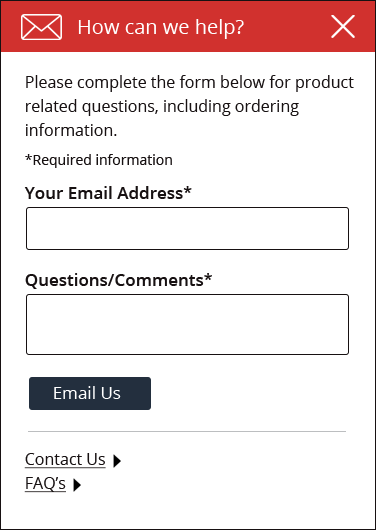Everything begins with an idea - Earl Nightingale.
Two centuries back an idea that took root, settled on a tiny commemorative button in 1789, has now become a multi-billion dollar promotional industry. The nature of the promotional product may have changed, become more creative and specialized over the years but the motive has remained the same through the past two centuries. Make it public – make a profit!
Today every company has its dedicated team of advertising specialists to come up with business ideas about what promotional products to use, how, when and where. Ironically, some of the first promotional products were created by newspaper owners.
The story runs chronologically somewhat like this.
1866 – The idea.
Once upon a time in Coshocton, Ohio, there lived a man named Jasper Freemont Meek who owned a printing press and ran a newspaper. The paper didn’t earn him much of a living and he was forced to take on job printing for supplementary income. Life continued monotonously till it reached that one day when Meek saw a kid dirty her schoolbooks after dropping them in the dirt. His ideas may have taken flight in this order.
’Oh! She could use a bag.’
’If every child in town will use bags to carry their books to school, the bags will be seen by everyone.’
’If everyone can see the bags, why not write something on them and have them see that too? The bags can be an amazing medium to advertise! They offer a broad canvas and good visibility!’
Meek was not one to procrastinate. He immediately approached his friend Cantwell who owned Cantewell Shoes and suggested that he use bags to enhance his store’s visibility. Their strategy was to imprint burlap book bags with a simple message ’Buy Cantwell Shoes’ and give a bag each free to every child who came to the shop. The gamble paid off and every child in Coshocton showed off the bags like a prized possession. After his second brainchild - imprinted horse covers – also tasted success, Meek officially consolidated his position as the advertising baron and started a promotional products company called the Tuscarora Advertising Co and remained the undisputed leader for specialty products till 1889.
Late 1800s – Competition enters the budding promotional products market.
Meek’s competition arose from Coshocton itself and stemmed from his own kind, another small newspaperman called Henry D. Beach. After a bout of frenzied advertising on anything that came their way, both men were neck-to-neck till Beach raced ahead with his success in printing metal signs. After Beach mastered the process, Meek followed suit and both produced metal advertising trays.
After change, the only thing constant is competition and yet again newspaper owners wrote the next page of history. Thomas D. Murphy and Edward Burke Osborne, of Red Oak, Iowa scored with the creation of the first ever art calendar. The transformation of every great idea into action entails a trial and error process and it wasn’t different for the Murphy and Burke either.
Osborne’s idea was to print a watercolor painting on a piece of cardboard bearing advertising content and then attach a basic calendar pad to it. These rudimentary calendars were a huge success. From a washed out watercolor, the nouveau riche duo graduated to using photographs and paintings purchased from gifted artists. By the end of 1894, thanks to their flourishing business they had become promotional princes from paupers.
1904 – The first ever promotional products trade association officially formed.
Like-minded individuals working in the same industry unite on a common platform eventually and the Promotional Products Association International (PPAI) is one such example. In 1904, 12 manufacturers of promotional items came together to form the PPAI, which according to its website has more than 7,500 global members and industry sales of $19.4 billion. Wikipedia claims that the Association represents more than 22,000 distributors and approximately 4,800 manufacturers.
Today.
Rudimentary calendars have been replaced by glossy, scenic calendars, promotional t-shirts, shirts, mugs, pens, toys and more. Promotional products have come a long way. From being a part of marketing strategies they have become the topic of one.
A recent PPAI video on promotional product’s usage revealed:
- 52% of people do business with a company after receiving a promotional product.
- 52% said their impression of a company is more positive after receiving a promotional product.
- 76% recall the name on the product.
- 55% keep promotional items for more than a year and nearly 50 % use them daily.
Nothing more left to be said. From being a part of history, promotional products are now creating history.
(References from PPAI)






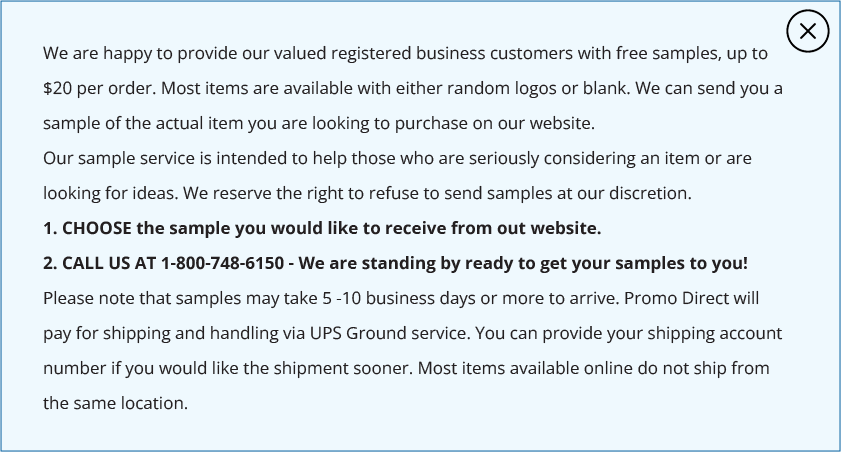
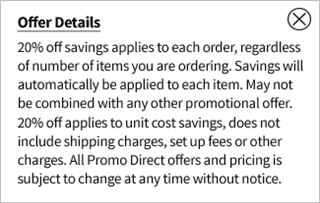
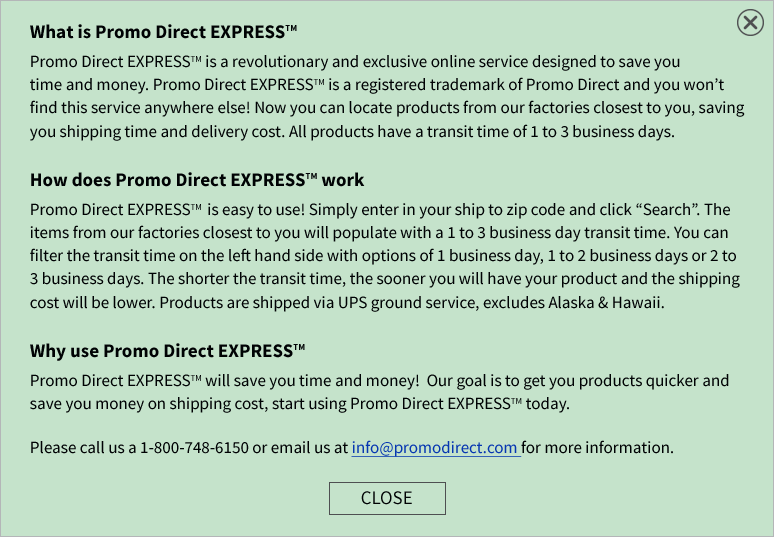

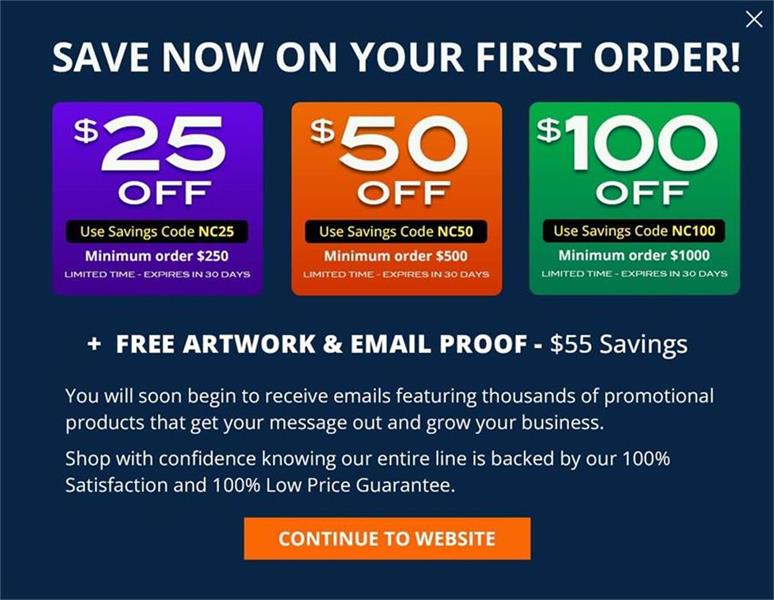
 #1 Rated Promotional Products Store
#1 Rated Promotional Products Store

 View All Categories
View All Categories






















